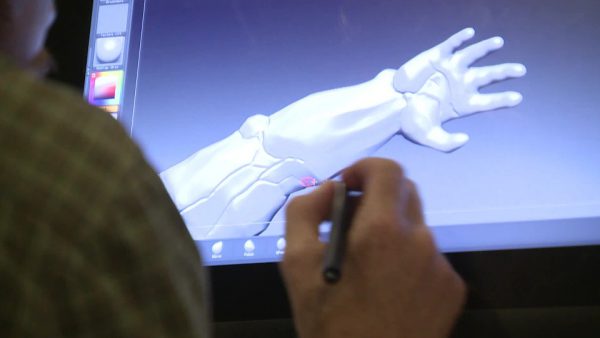
What is a 3D Animator?
People who work in the field of three-dimensional (3D) animation create visual effects and animated characters for television, video games, and other electronic media. They create moving images using digital models and add details to the pictures, such as landscapes, skin textures or clothing, and portray characters by giving images emotions, habits and expression. 3D animators create drawings or take photographs/films of an actor’s movements and then use technical and design skills to breath life into their digital creations.
What is the Job?
On any given day, a 3D Animator may take on a variety of tasks to create characters, visual effects and even scenery. Different projects have different demands, but an understanding of movement and basic art principles like lines, shadow, light and perspective are always necessary.
Typical duties of a 3D Animator include:
- Meeting with clients and key stakeholders, such as Directors, Actors, Video Game Designers and other Animators, to determine the scope of the work and project deadlines.
- Researching subjects to ensure accurate animated representations.
- Communicating with other Designers to ensure a cohesive vision across the product.
- Storyboarding to develop scenes that require animation.
- Using software to create animated characters, scenes and graphics.
- Adjusting colours, lighting, shadows and textures to perfect lifelike appearances.
- Integrating client and stakeholder feedback into final designs.

